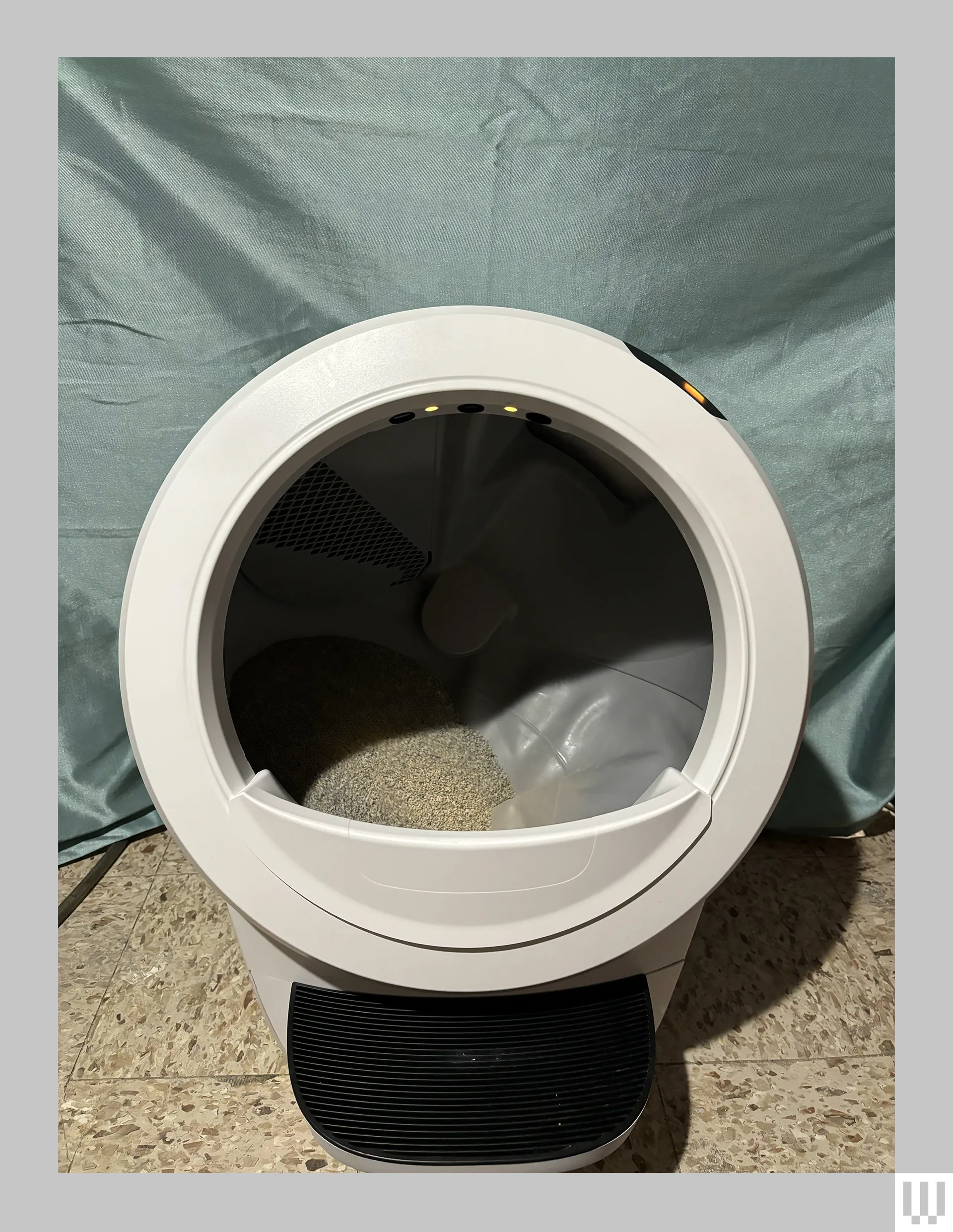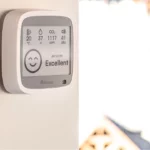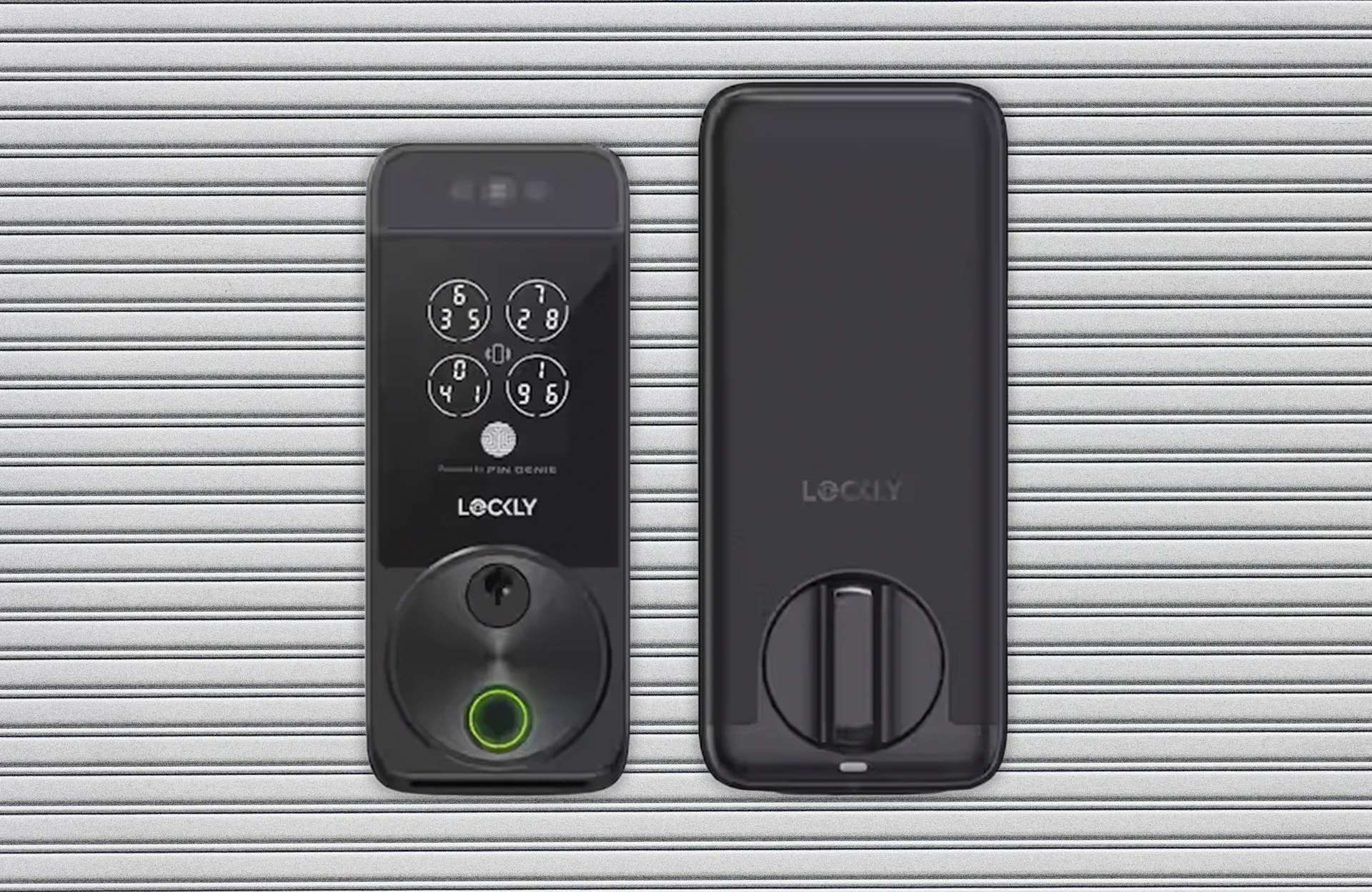
If you’re a cat owner, you’re familiar with how finicky and unique cats can be. Unlike dogs, cats have a reputation for being independent and sometimes a bit aloof. One common complaint among cat owners, though, is dealing with the litter box—no one wants to deal with the smell of their cat’s waste lingering in the house. Luckily, advances in pet technology have led to automatic litter boxes, which offer a solution to the unpleasantness of manual scooping.
Automatic litter boxes have been around since the late 1980s, initially featuring basic raking mechanisms (similar to the Pet Zone Smart Scoop mentioned below). However, early models were often unreliable and loud. Over the past decade, improvements like app connectivity and Wi-Fi have elevated these devices, offering features that help track your cat’s health and litter box habits, making them a useful tool for cat owners.
After testing some of the most popular and advanced automatic litter boxes available, we evaluated their performance, using standard clay clumping litter (unless otherwise noted). Here’s what we found—keep in mind that, as with any pet product, you should carefully consider which box is best for your cat’s needs. Importantly, we don’t recommend fully enclosed models, as there’s a risk of the cat being accidentally harmed during an automatic cleaning cycle.
Best Overall: Litter-Robot
For over a decade, the Litter-Robot has been the gold standard for automatic litter boxes. Its design includes an oval-shaped box with a large entrance, perched on a stand with a step for easy access by cats of all ages. Measuring 22 x 7 inches, it uses up more height than floor space compared to traditional litter boxes. It connects to Wi-Fi and can be controlled through the Litter-Robot app, which is available for both Android and iOS. The app allows you to monitor the box, including stopping and restarting cleaning cycles when a cat is detected nearby.
The Litter-Robot cleans by rotating the litter to separate waste from clean litter using a combination of grates and gravity. The waste is deposited into a compartment below the box, which can be lined with either a custom liner or a simple plastic grocery bag. The app alerts you when the waste drawer is full (which happens about once a week for two cats) and keeps a log of when your cats use the box. The built-in scale also weighs your cat each time it enters, tracking weight changes and usage patterns over time.
During testing, the app struggled to differentiate between my two cats, even with a 7-pound weight difference, and at times, it recorded significant fluctuations in one cat’s weight. The app continually updates to improve this feature, but it would have been better if it could track them accurately sooner. It’s also a good idea to delay the cleaning cycle for a few days while your cats get used to the device. Despite these small issues, the Litter-Robot remains a game changer for cat owners.
Best Upgrade: LitterHopper for Litter-Robot 4
The LitterHopper is a handy upgrade for the Litter-Robot 4, offering a reservoir that holds about 13 cups of clean litter, automatically dispensing it during cleaning cycles. One of the challenges of automatic litter boxes is filling them, but the LitterHopper makes it easier by ensuring optimal litter levels after each cycle.
This attachment works well with most types of clumping litter and is easy to install, coming with clear instructions and a helpful video. The app sends alerts when it’s time to refill the hopper, minimizing the hands-on effort involved in maintaining the litter box.
Runner-Up: Leo’s Loo Too
Leo’s Loo Too is a more affordable option with excellent odor control, measuring 22 x 24 x 27 inches. It has several safety features, including weight sensors that detect when a cat is inside, and a radar system that stops cleaning cycles if someone is nearby. Like most automatic boxes, it uses a rotating barrel to separate waste and deposit it into a drawer below, which is lined for easy disposal.
The Smarty Pear app lets you track usage and weight data for multiple cats and is compatible with Alexa or Google Assistant for voice-activated cleaning. Although the barrel can feel a bit cramped for larger cats, the noise level is low, and there’s even a night mode to prevent disruption while you sleep.
Traditional Option: Neakasa M1 Self-Cleaning Litter Box
For cats that prefer a more open design, the Neakasa M1 is a solid choice. It features a spacious, open-top design that gives cats room to move around comfortably. The cleaning cycle rotates the litter backward and forward to separate waste, with sensors that prevent the cycle from starting if a cat is inside.
While the cleaning cycle is slightly louder than other options, the waste is collected in a drawstring bag, which helps contain odor. The Neakasa app allows you to track usage, but it occasionally has trouble distinguishing between cats, and the weight tracking can be inconsistent. With a few updates, this could become a top contender among automatic litter boxes.
In conclusion, automatic litter boxes can greatly reduce the hassle of maintaining a clean environment for your cats, and they offer added insights into your pets’ health. However, not all are created equal—careful research is key to finding the right fit for your household.







